Owning a car involves regular maintenance to ensure it runs efficiently and safely. Knowing when to replace major components can prevent breakdowns and extend your vehicle’s lifespan. This guide will explore the recommended replacement timelines for key car parts to help you maintain your vehicle effectively.
Engine Components
Timing Belt or Chain
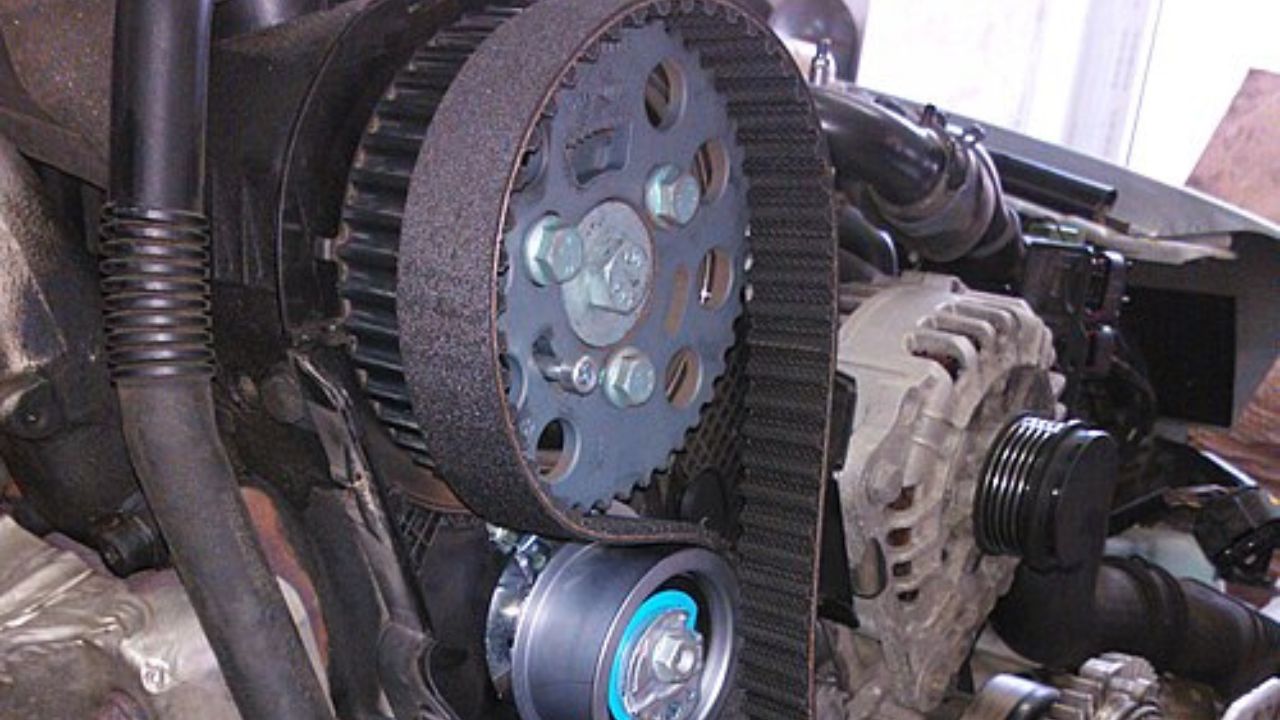
The timing belt and chain play a crucial role in the engine’s operation by synchronizing the rotation of the crankshaft and camshaft. Timing belts are typically made of rubber and require periodic replacement, whereas timing chains are made of metal and are generally more durable. For instance, many manufacturers recommend replacing timing belts every 60,000 to 100,000 miles. On the other hand, timing chains often last longer, but it’s advisable to inspect them regularly, especially if your vehicle has over 150,000 miles on the odometer.
Ignoring the replacement of a timing belt could lead to severe engine damage, potentially resulting in costly repairs. Models like the 2006 Honda Accord are known for specific timing belt replacement guidelines, so always consult your vehicle’s manual for precise recommendations.
Spark Plugs
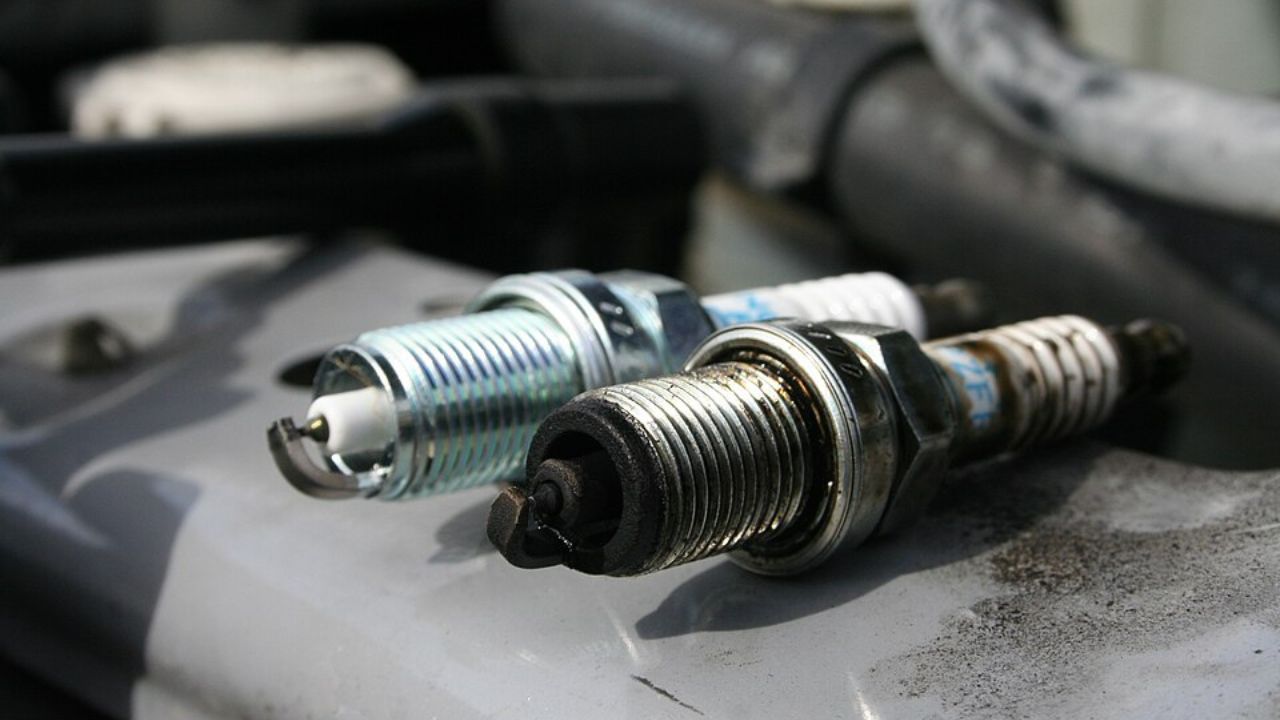
Spark plugs are essential for igniting the air-fuel mixture in the engine’s cylinders, affecting overall engine performance and fuel efficiency. Over time, spark plugs can become fouled or worn out, leading to misfires, reduced performance, and increased fuel consumption. Modern vehicles equipped with platinum or iridium spark plugs, such as the 2015 Toyota Camry, can often go 60,000 to 100,000 miles before needing replacement.
Regularly changing spark plugs ensures smooth engine operation and optimal fuel efficiency. It’s crucial to follow the manufacturer’s recommendations based on your vehicle type and usage patterns, as severe driving conditions may necessitate more frequent replacements.
Transmission System
Automatic vs. Manual Transmission
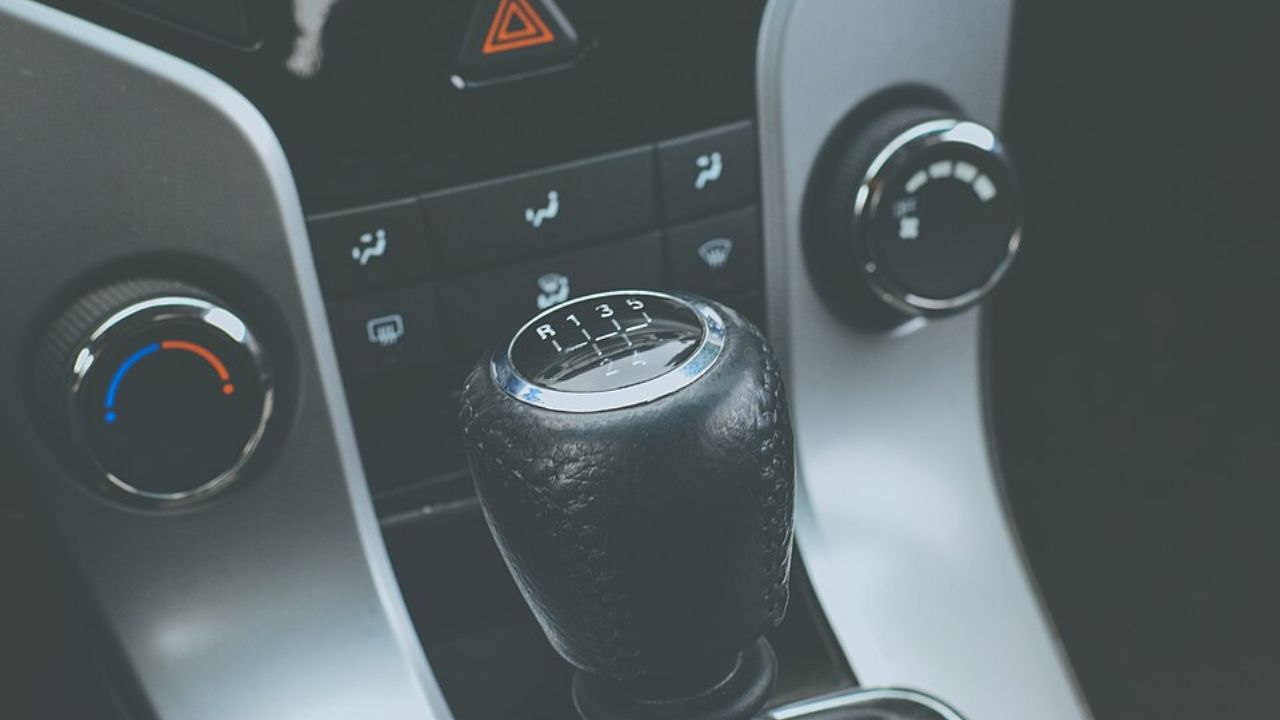
Automatic and manual transmissions have distinct maintenance needs. Automatic transmissions rely on complex systems of gears, solenoids, and hydraulic components, requiring regular fluid changes to operate smoothly. In contrast, manual transmissions have fewer components but still require attention to the clutch and gear synchronizers. Signs of potential transmission failure include slipping gears, delayed shifting, and unusual noises.
Vehicles like the 2012 Ford Focus with manual transmissions may exhibit clutch wear at around 80,000 miles, necessitating replacement. For automatic transmissions, fluid changes every 30,000 to 60,000 miles are often recommended to prevent issues like overheating or gear slippage.
Transmission Fluid
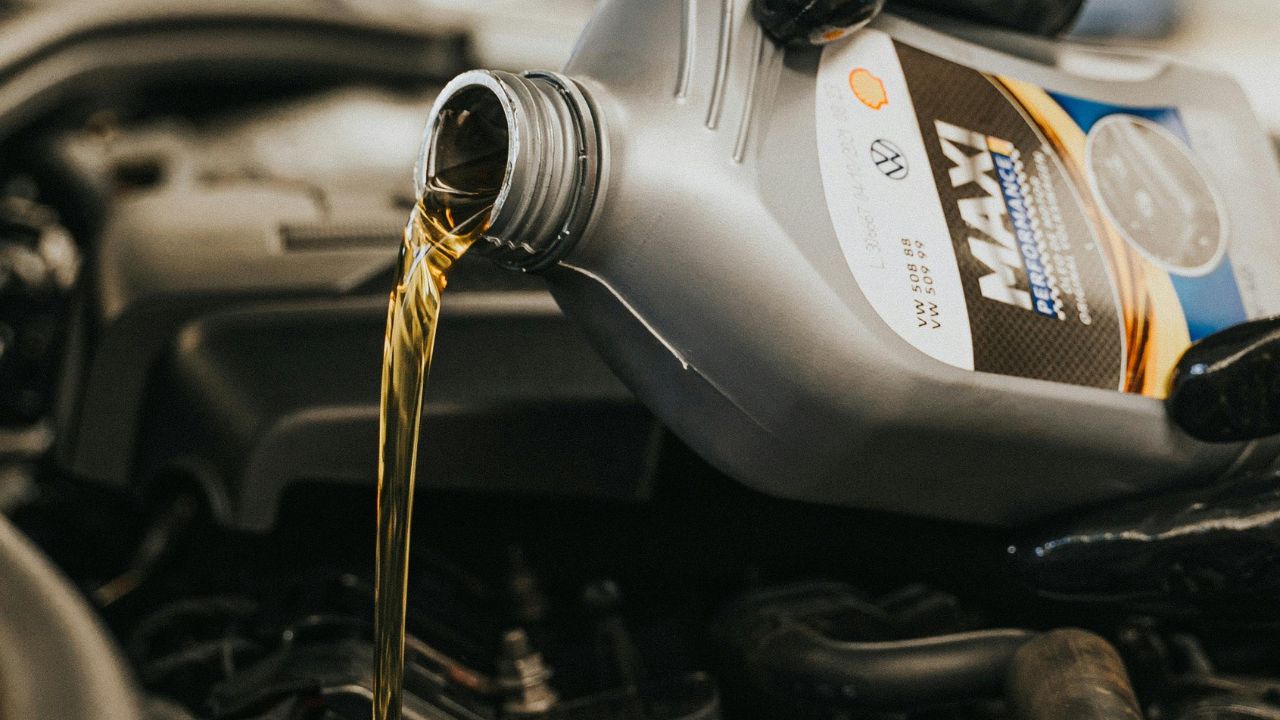
Transmission fluid is vital for lubricating the transmission’s moving parts and ensuring smooth gear shifts. Regular checks and changes of transmission fluid can prevent overheating and extend the life of the transmission. Many experts suggest changing the fluid every 30,000 to 60,000 miles, although some newer models, like the 2018 Honda CR-V, may have extended intervals due to advanced fluid formulations.
Neglecting transmission fluid maintenance can lead to costly repairs or complete transmission failure. Always use the fluid type specified by the manufacturer to ensure compatibility and optimal performance.
Braking System
Brake Pads and Rotors
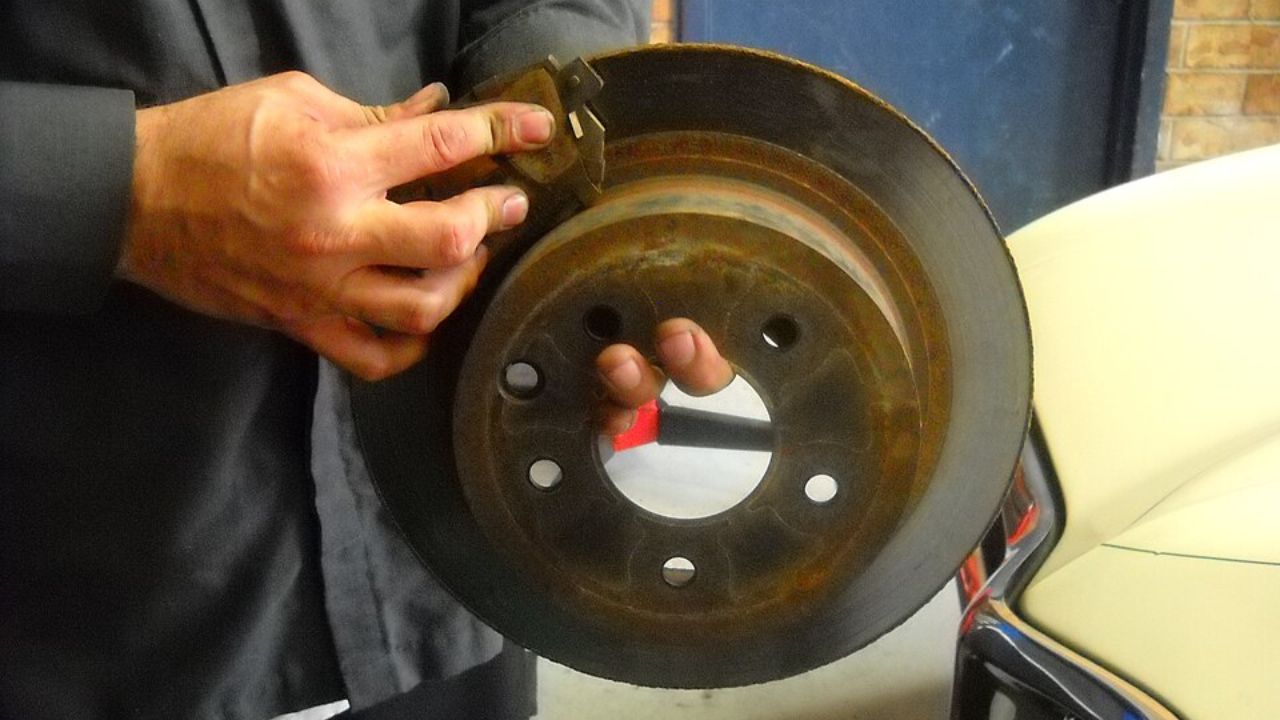
The braking system is critical for vehicle safety, and brake pads and rotors are components that require regular inspection. Worn-out brake pads can lead to reduced braking efficiency and damage to rotors, increasing repair costs. Typically, brake pads need replacement every 25,000 to 70,000 miles, depending on driving conditions and the material used. For example, the 2010 BMW 3 Series often requires brake pad checks at regular intervals due to its performance-oriented nature.
Rotors, which work in tandem with brake pads, should be inspected for warping or wear. Replacing or resurfacing rotors may be necessary if they show signs of damage, typically every 30,000 to 70,000 miles, depending on usage.
Brake Fluid
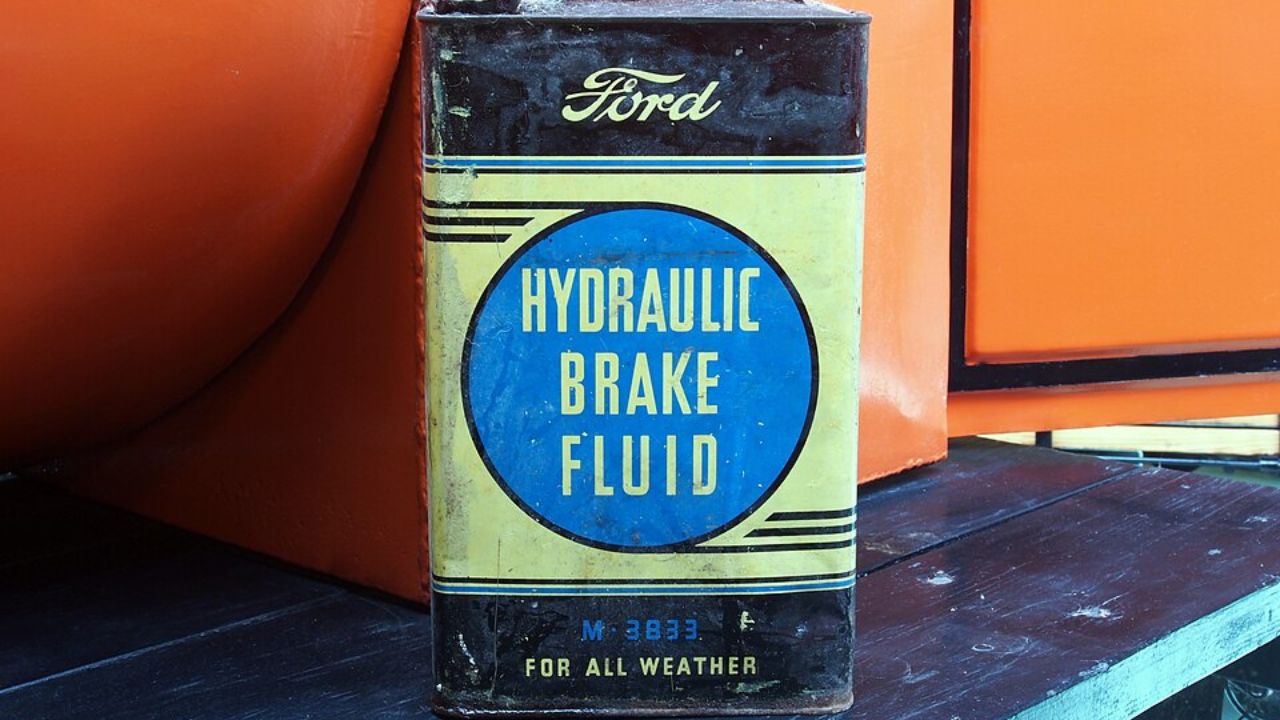
Brake fluid is crucial for the hydraulic operation of the braking system. Over time, brake fluid can absorb moisture, reducing its boiling point and potentially leading to brake failure. To maintain safety, many manufacturers recommend flushing and replacing brake fluid every two years or 20,000 to 45,000 miles. Vehicles like the 2015 Subaru Outback often feature specific guidelines for brake fluid maintenance.
Regularly checking brake fluid levels and condition helps ensure optimal braking performance, especially in vehicles frequently driven in stop-and-go traffic or mountainous regions.
Suspension and Steering
Shock Absorbers and Struts
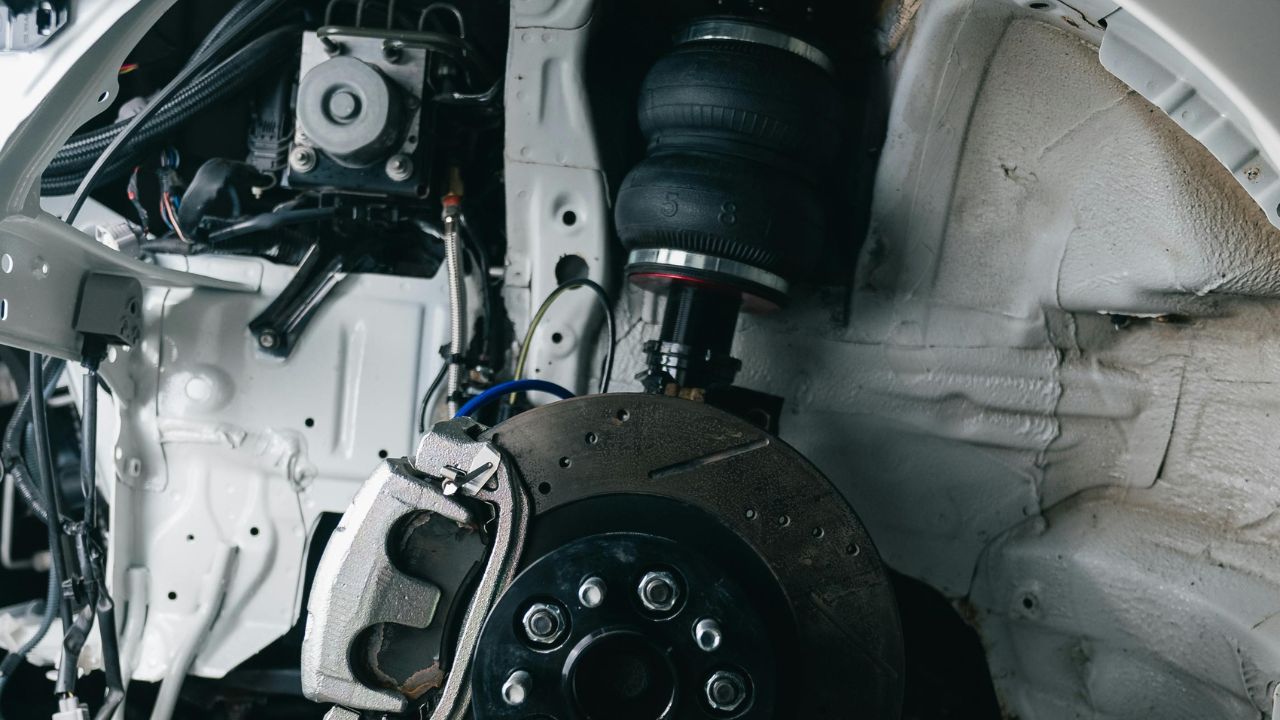
Shock absorbers and struts are integral to the vehicle’s suspension system, contributing to ride comfort and handling. Worn-out shocks can lead to increased stopping distances, reduced stability, and uneven tire wear. Typically, shock absorbers and struts last between 50,000 and 100,000 miles, but this can vary based on driving conditions and vehicle type. For example, the 2017 Jeep Wrangler might require more frequent suspension checks due to its off-road capabilities.
Signs that replacement is necessary include excessive bouncing, nose-diving during braking, and noticeable fluid leaks. Regular inspection ensures that your vehicle maintains a smooth and safe ride.
Steering Components
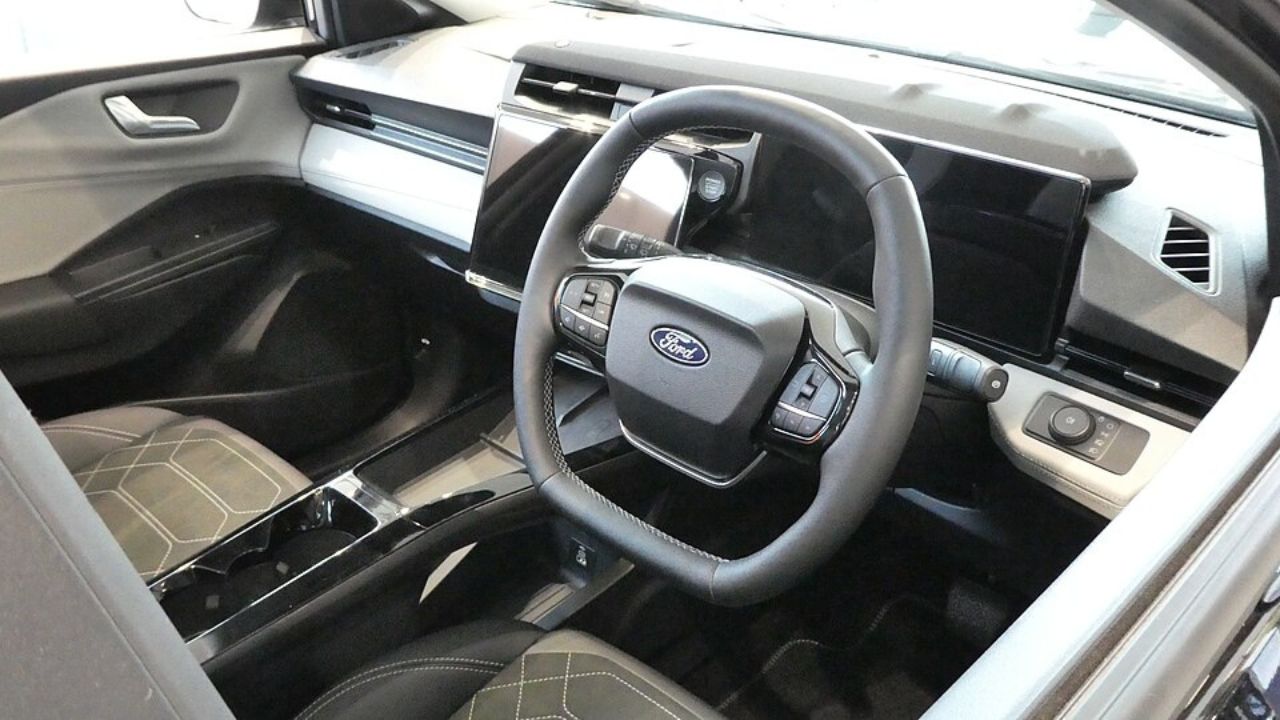
The steering system is vital for vehicle control and safety. Components like tie rods, ball joints, and the steering rack can wear over time, affecting steering precision and stability. Common indicators of steering issues include uneven tire wear, steering wheel vibration, and unusual noises when turning.
Regular maintenance and inspection of steering components can prevent accidents and costly repairs. Vehicles like the 2013 Chevrolet Silverado often require periodic checks of steering components, especially if used for towing or heavy-duty applications.
Cooling System
Radiator and Hoses
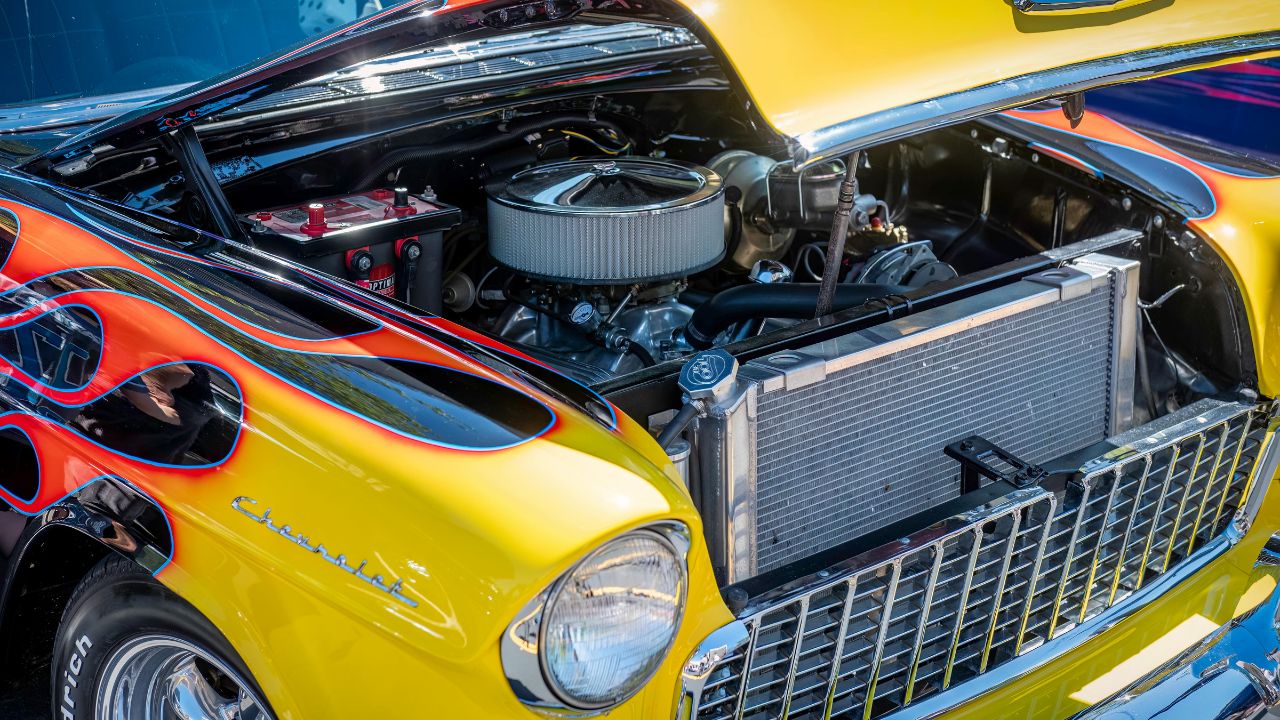
The radiator and hoses are critical components of the cooling system, responsible for dissipating engine heat and preventing overheating. Over time, hoses can become brittle and develop leaks, while the radiator can suffer from corrosion or damage. Regular inspections, particularly in older models like the 2008 Ford Escape, can help identify issues before they escalate.
It’s advisable to inspect hoses for cracks and soft spots every 30,000 miles and replace them as needed. The radiator should also be checked for leaks and blockages to ensure efficient cooling system operation.
Coolant/Antifreeze
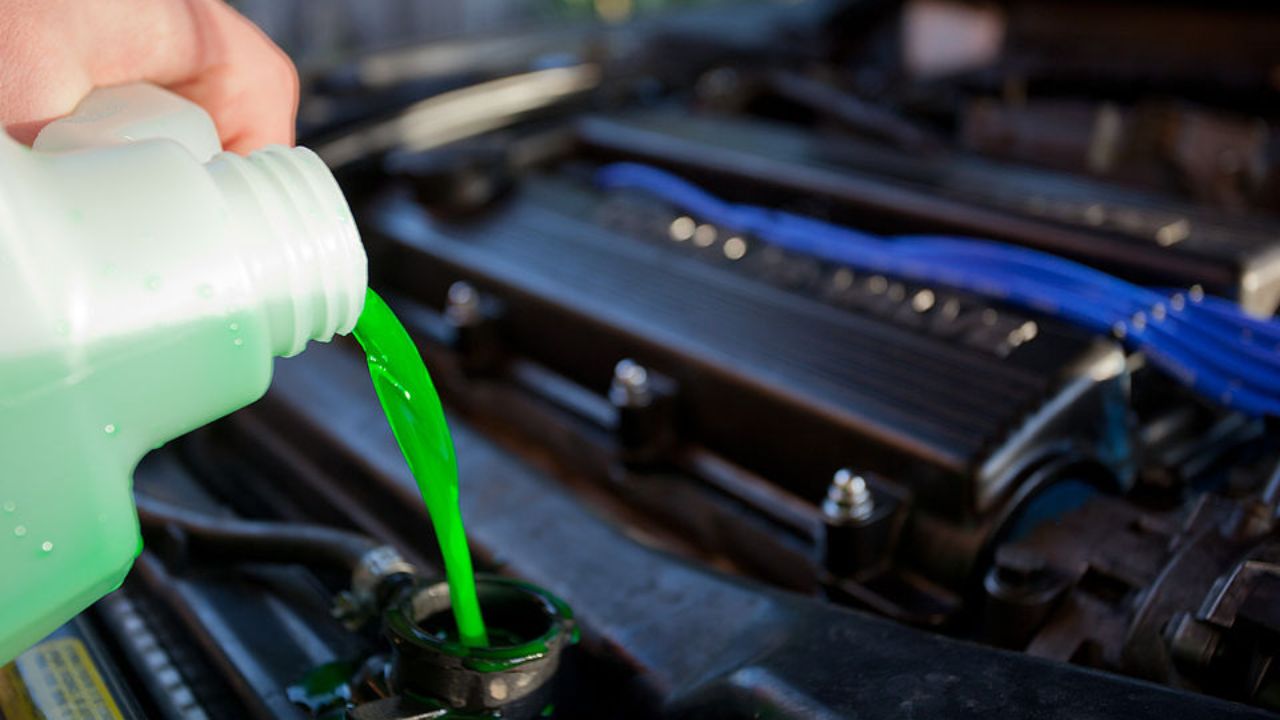
Coolant, or antifreeze, is essential for maintaining the engine’s operating temperature and preventing freezing in cold weather. Over time, coolant can degrade, leading to reduced effectiveness and potential engine damage. Many manufacturers, such as those of the 2016 Nissan Altima, recommend changing coolant every 30,000 to 60,000 miles or every five years.
Maintaining proper coolant levels and regularly replacing it according to manufacturer guidelines can prevent overheating, corrosion, and costly engine repairs. Always use the correct type of coolant to ensure compatibility with your vehicle’s cooling system.
Like Fast Lane Only’s content? Be sure to follow us.
Here’s more from us:
*Created with AI assistance and editor review.

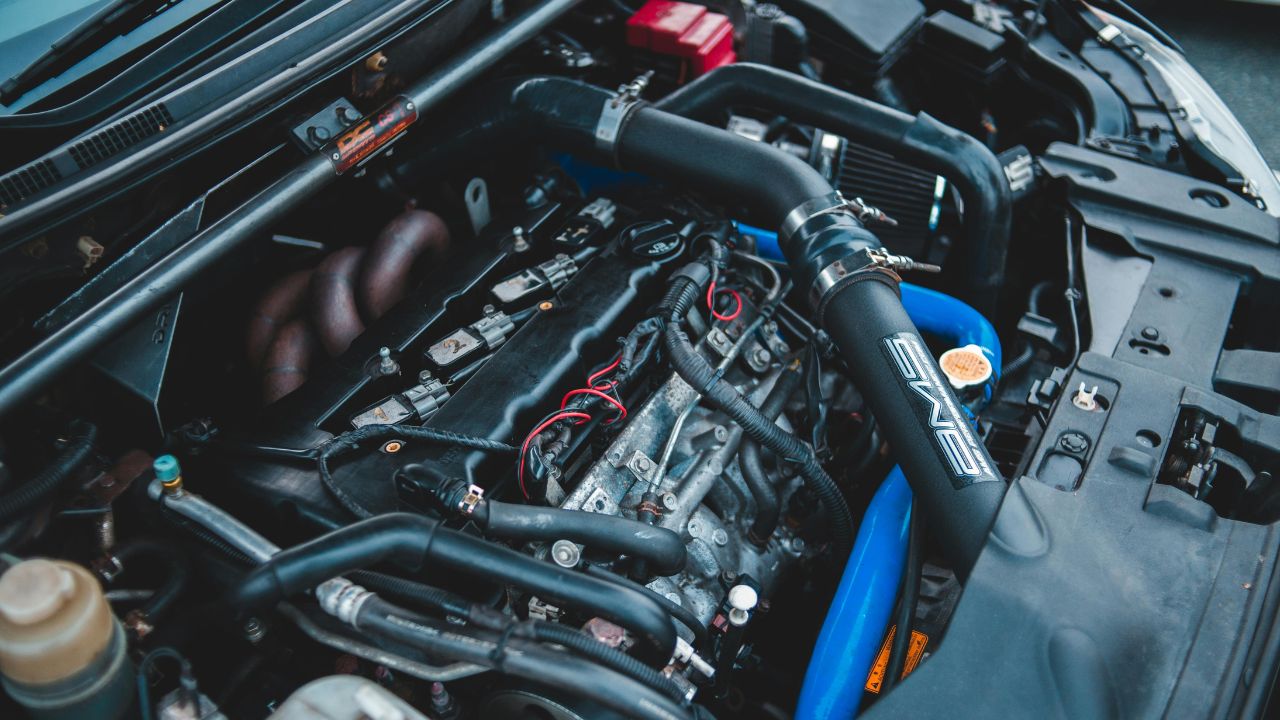
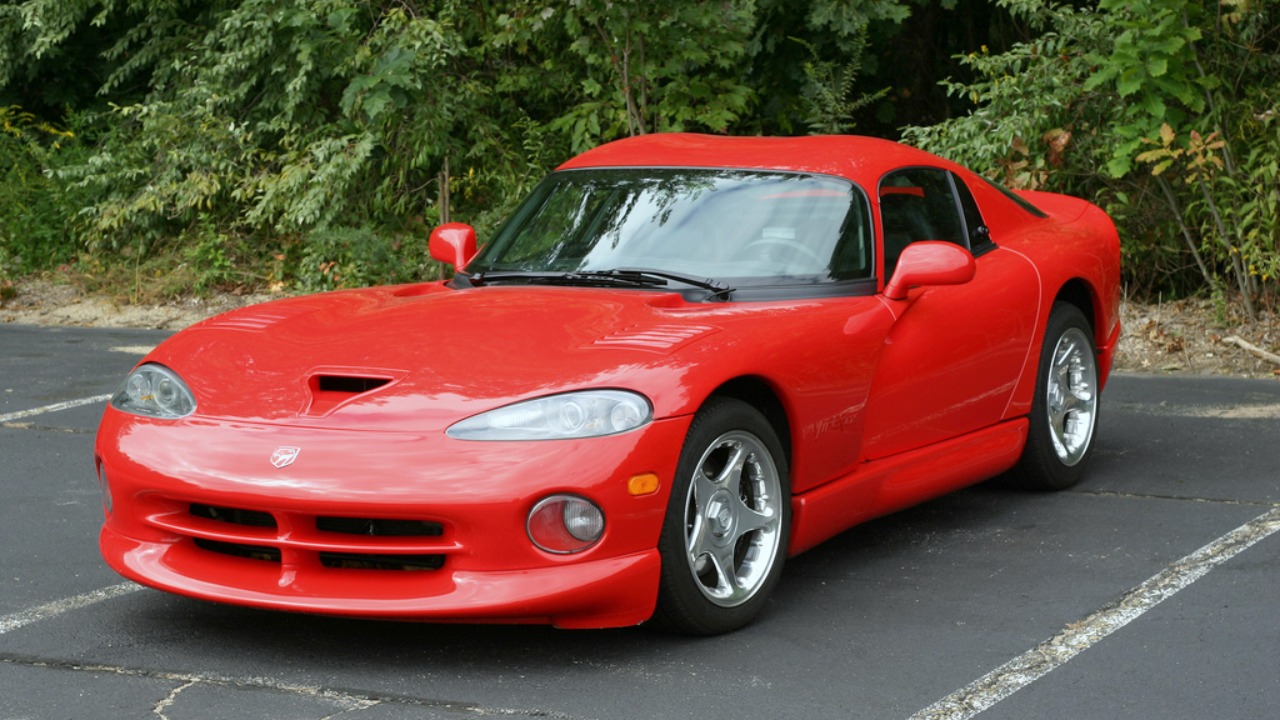


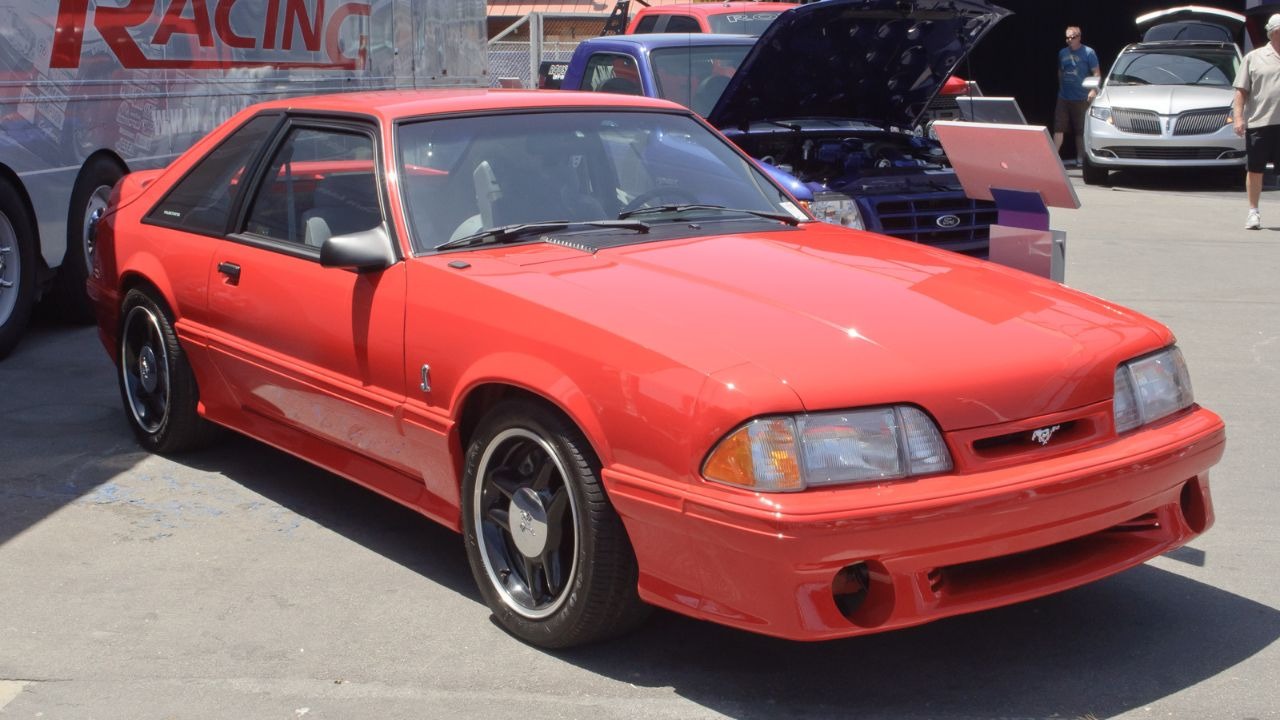

Leave a Reply